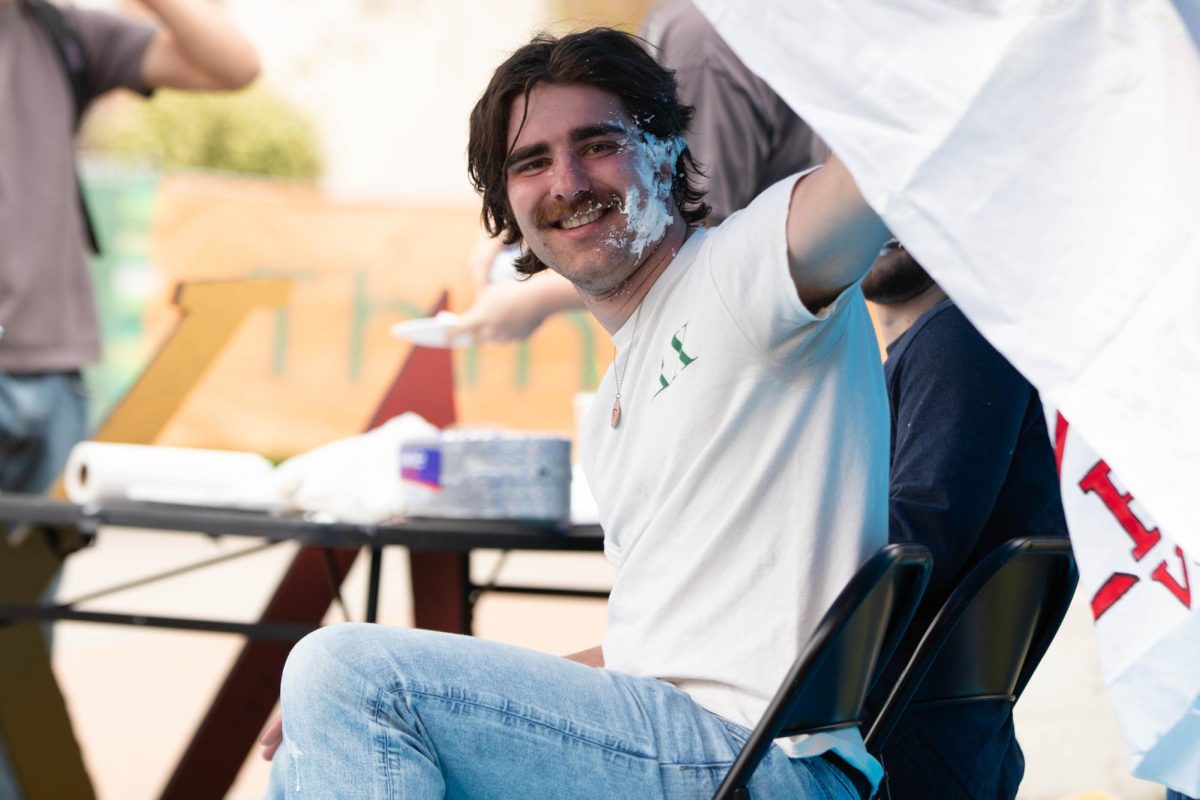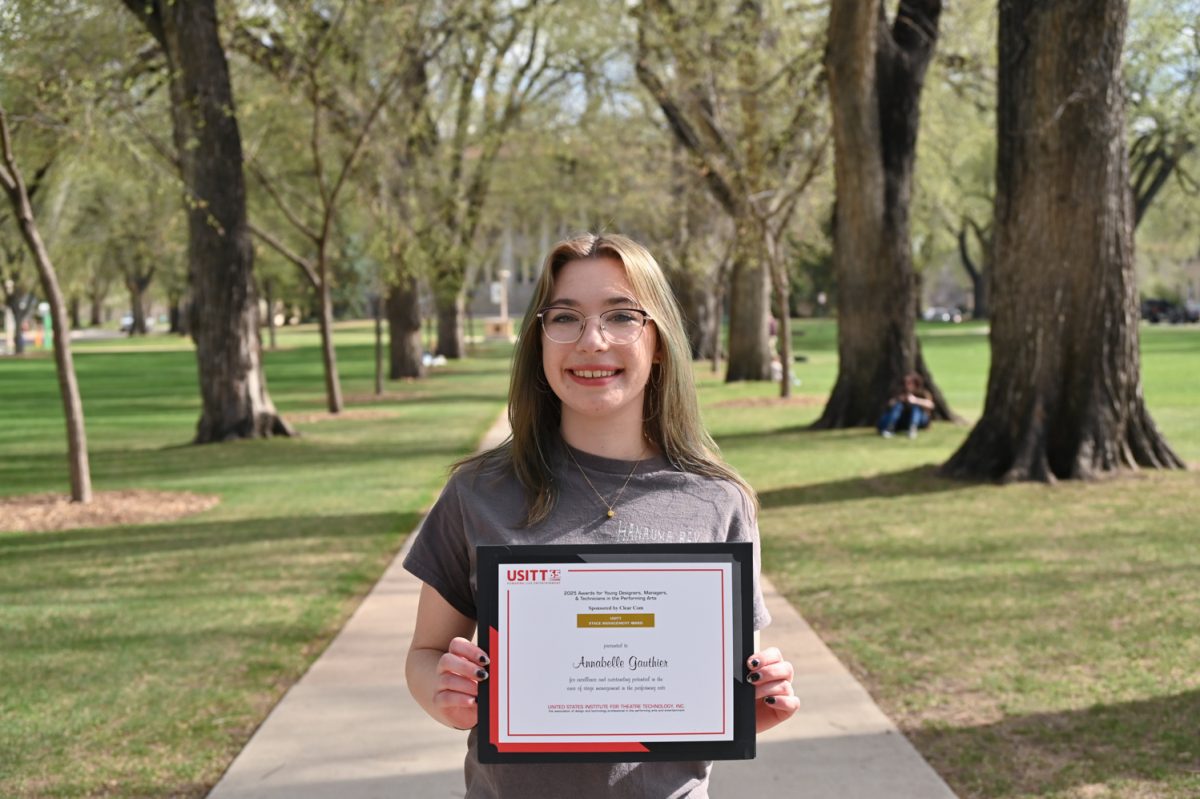For CSU students interested in spending summer in Italy, there is a unique opportunity on the horizon.
Feb. 15 is the deadline to apply for Communication in Rome. The program is a six-week summer semester lasting from July 2 to Aug. 6 and takes place around Europe’s Eternal City.

“In 2015, we had our first trip to Rome. We took a group of nineteen students to American University of Rome at Janiculum, which sits on one of the highest hills in Italy,” said Carl Burgchard, CSU communication studies professor.
This is a mainstay of the program: students live in their own apartments on Janiculum’s hillside, overlooking the town of Trastevere. This town is a tourism hub near the winding Tiber River. Here, students begin to familiarize themselves with la vita italiana: the Italian lifestyle.
While American University of Rome is the program’s headquarters, Burgchard said he likes to take side trips.
“We’ll go to Tuscany in 2017, to Sienna, an ancient hill city,” Burgchard said. “We’ll visit Florence and it’s Uffizi Art Gallery, and that is where our students see Botticelli’s paintings.”
Representing the tastes of art aficionados and outdoor adventurers alike, Communication in Rome has something for everyone.
“We’ll scale the peak of Mount Vesuvius, which is still active,” Burgchard said with excitement.
Prospective students need not worry excessively. While Mt. Vesuvius is legendary for burying the Ancient Roman city of Pompeii, it has not erupted in over 3,800 years.
Burgchard continued to unravel a tapestry of events and visits.
“From Vesuvius, we visit Sorrento and Capri, where you can see all across the Bay of Naples.”
The Bay opens to the southwest, allowing the casual observer to view the Mediterranean Sea and its shimmering turquoise waters.
In addition to these trips, Burgchard said his favorite part of Communication in Rome is watching his students become more confident.
“Pretty soon, you find your own hangouts, places to get coffee,” Burgchard said. “If you’re willing to be a little outgoing and use Italian, the locals will soon know who you are.”
Language learning is another program feature. Students receive a crash course in basic Italian, which serves as a stepping stone into real-world practice.
“I advise my students not to speak English to each other,” Burgchard said. “You don’t want an American bubble, you want to adapt. As you’re learning the language, look at your surroundings and observe.”
The typical Italian market features vendors who sell food and clothes. Italian shoppers often negotiate for a lower price, and CSU students have had a lot of fun with this, according to Burgchard.
“It’s good to practice those haggling skills,” Burgchard laughed. “See if people think you’re American or Italian. I’ve tried to blend, but inevitably someone says ‘Hey fella, what State are you from?'”
Communication Studies Assistant Professor and Communication in Rome Co-Chair Julia Khrebtan-Hoerhager teaches Bridging Cultures, a three-credit course on Italian culture through the ages. Her adoration of her students is perhaps why Communication in Rome alumni have nicknamed her la mamma chioccia, or mother hen.
“These are my babies,” Khrebtan-Hoerhager said, extending a palm toward her office wall. Hanging there was a shrine of photos. Students posing like gladiators at the Colosseum, visiting St. Peter’s Church and standing amid the sprawling amber fields of the Italian countryside.
Khrebtan-Hoerhager, a native of Italy, noted that Italian culture may appear quite different to American sensibilities.
“In America, there is a drive to save time,” Khrebtan-Hoerhager said. “But it’s not universal. When students go to Rome, they see that if you are five minutes late, the world will not end. They socialize during dinner. Really socialize, for hours at a time, as Italians do.”
This uniquely Italian worldview is known as godere la vita, the art of enjoying life. The rush of work and school, felt so acutely in American culture, is secondary to living well and staying connected with friends. For this reason, Khrebtan-Hoerhager said Communication in Rome students build strong bonds.
“This trip teaches you more than years spent with books,” Khrebtan-Hoerhager said.
For example, Khrebtan-Hoerhager discussed the monument visits as a way to experience grandezza, a term akin to overwhelming majesty.
“When you go to St. Peter’s Church, the stairs wind upwards in a spiral. You’re dizzy when you reach the very top, the cupola. You look out over Vatican City. And everyone is silent. Civilizations existed, ruled and fell here. You will come and go, but the Eternal City will stay. You are on top of the world, and you are humbled.”
While Communication in Rome is an adventure, both professors agree that it is not a vacation. Students who enroll in Burgchard’s Cinematic Rome will keep a detailed journal on class films, and those who take Khrebtan-Hoerhager’s Bridging Cultures write an extensive blog about Italian culture. These classes challenge students to carefully analyze their experiences in Italy.
Burgchard said that although the program is six weeks, many students’ travels extend beyond the program and become a lifestyle.
“I know former students who are still travelling and living in Europe,” Burgchard said. “After Rome, many never want to stop.”
To attend Communication in Rome, students must have a minimum 2.5 GPA, instructor approval and good disciplinary standing. The program is open to all majors, and even students from other institutions can apply.
Interested students can contact Burgchard at carl.burgchardt@colostate.edu and Khrebtan-Hoerhager at julia.khrebtan-hoerhager@colostate.edu. For more information or to apply for the program online, go to studioabroad.colostate.edu.











